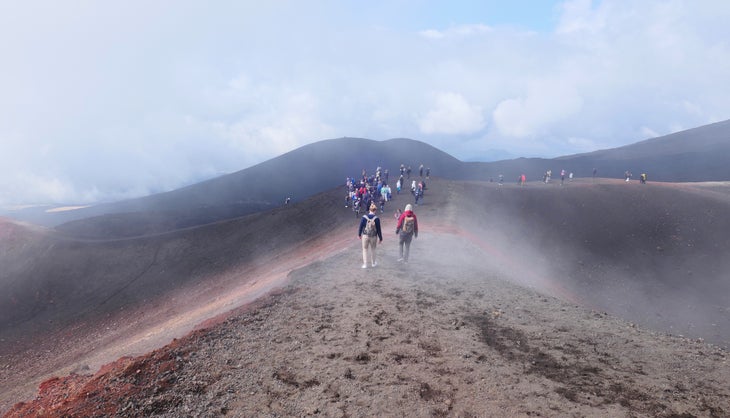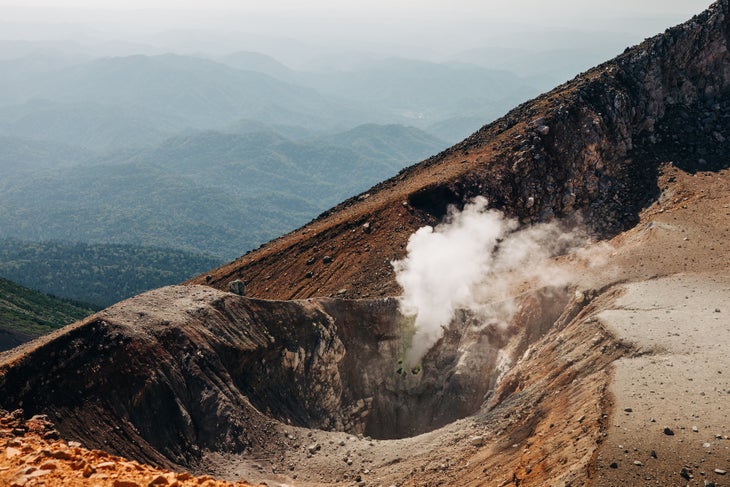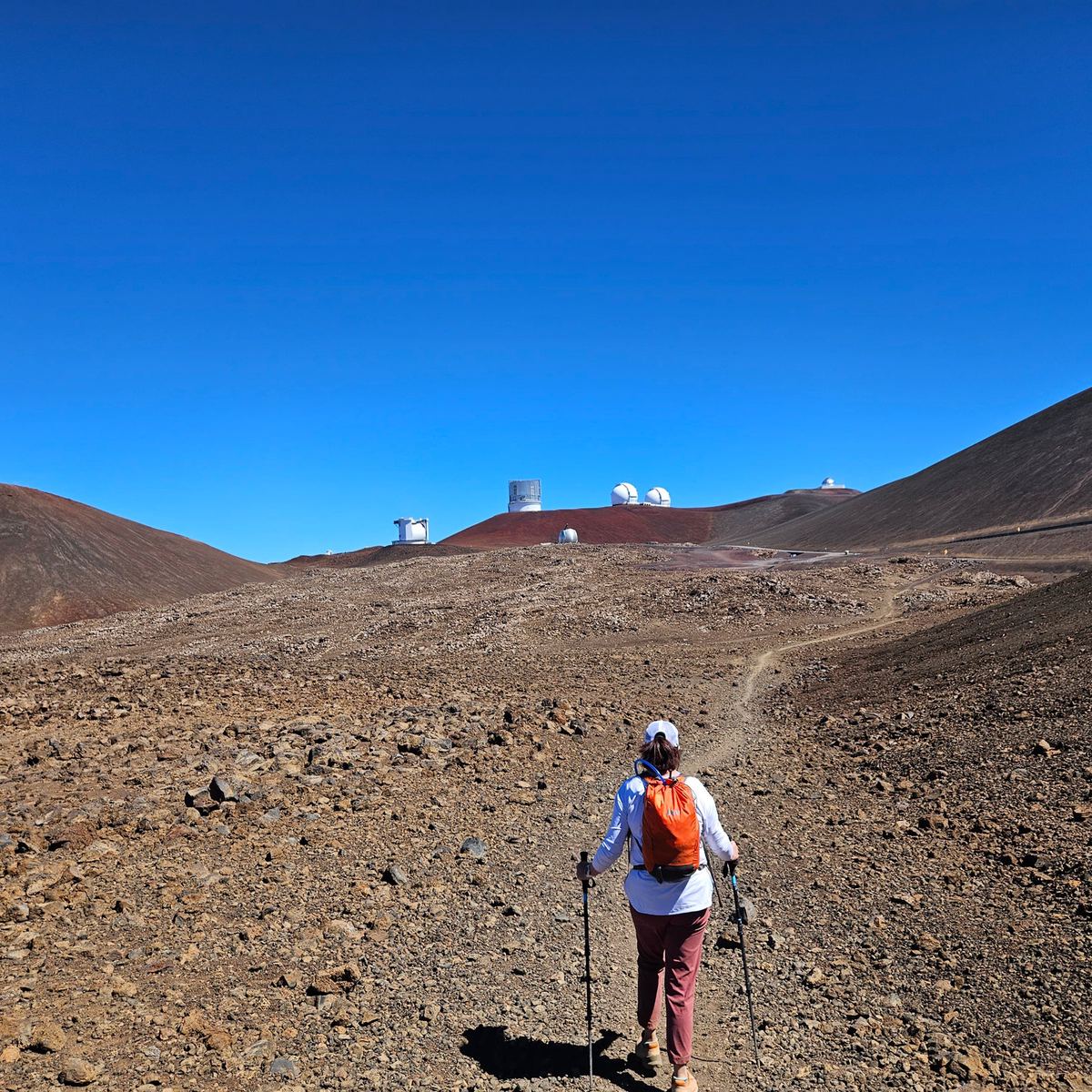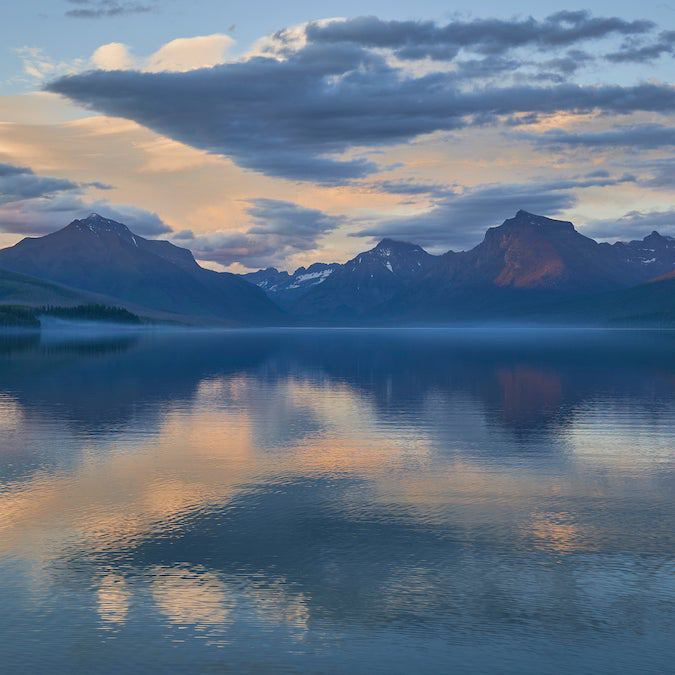Explore 6 of the World’s Most Hikeable Active Volcanoes on These Trails
Explore 6 of the World’s Most Hikeable Active Volcanoes on These Trails
Want to add some heat to your hikes? These six trails scale active volcanoes, from Japan to Italy to Guatemala and everywhere in between.
Heading out the door? Read this article on the new Outside+ app available now on iOS devices for members! Download the app.
If you’re looking for an adventure that’s equal parts nail-biting and awe-inspiring, hiking an active volcano might just be the thing. I’ve stood on lava fields that still radiate heat and smoke and watched eruptions light up the night sky in a display of nature’s raw power. But it’s not just the adrenaline of staring into a molten caldera—these hikes are packed with breathtaking landscapes, ancient stories, and moments that will ignite your wanderlust.
Whether you’re exploring lava tubes in Hawaii or sledding down icy slopes in Chile, each volcano has its own unique story to tell—one that has been around for millennia. Here’s a guide to six breathtaking active volcano hikes that will leave you awe-struck and eager to get going.

Mt. Etna (Italy)
Located on Sicily’s eastern coast, Etna is not only the tallest volcano in Europe, but it’s also the most active. Whether you’re a casual hiker or a seasoned thrill seeker, there are trails on the volcano to suit all levels. For beginners, the lower slopes are relatively easy, with trails like the Silvestri Craters winding through volcanic fields. Along the way, you’ll encounter lush forests and even vineyards growing native grapes like Nerello Mascalese and Nerello Cappuccio—an unexpected contrast to the barren summit. For those seeking more of a challenge, guided hikes to the summit (up to 11,165) offers the ultimate adventure. (Note: For summit hikes above 9,500 feet, it’s mandatory to hire a certified guide. This ensures your safety, as volcanic activity can happen without notice.) Along the way, you will pass lava fields, ash plains, and dramatic craters. As you get closer to the top, you can see steaming fumaroles from the volcano. The views from the top of Etna are equally breathtaking. On clear days, you see the sweeping countryside against the Mediterranean Sea.

Mt. Stromboli (Italy)
Mt. Stromboli is on Stromboli Island, which is part of Italy’s Aeolian Archipelago and known as the “Lighthouse of the Mediterranean.” It erupts so frequently that there is a constant show of fiery bursts and glowing lava, and hiking here is a once-in-a-lifetime thrill. But the experience really comes alive at night. Guided hikes are required—no solo hikes allowed— and start at sunset. With a guide taking you up steep volcanic slopes, you’ll reach the designated (and safe) viewing point near the active craters at the summit. Eruptions light up the sky every 10 to 20 minutes, and the sight of molten lava and soaring ash is nothing short of magical—like nature’s own fireworks. Note: After your adventure, head to one of Stromboli’s unique black-sand beaches or indulge in fresh Sicilian cuisine in the charming village below.
Kilauea (Hawaii)
Kilauea in Hawaiʻi Volcanoes National Park is arguably one of the world’s most famous active volcanoes, and hiking here gives you a chance to see lava tubes, craters, and (if you are lucky) fresh lava flows. The most recent eruption began December 23, 2024, and is still going. The 3.2-mile Kīlauea Iki trail loops around a solidified lava lake, with steam vents and cracks, while the Halemaʻumaʻu Crater Overlook along Crater Rim Drive is another must-visit, especially at night when you see glowing lava. The entire rim trail is 11-miles and gives you plenty of opportunities to see volcanic activity. What makes Kilauea special is how the scenery is constantly evolving with a mix of lush rainforests and volcanic terrain. Note: Due to the year-round warm weather in Hawaii, the sun can be intense on exposed lava fields, and the ground can feel warm to the touch, so make sure you prepare properly by wearing closed-toed shoes and bringing lots of water.

Villarrica (Chile)
Chile’s Lake District, located in the mid-southern portion of the country, is affectionately known as Volcano Alley. This area is home to 40 volcanoes and is part of the southern volcanic zone of the Andes. Of these, 10 are active, and hiking Villarrica (South America’s most active volcano) is perhaps the most adventurous. At 9,340 feet, it offers stunning views of the Andes and all the other volcanoes around. Your time at the summit is limited (10 minutes) and you may be required to wear a gas mask if the volcano has been active recently. But, if you’re lucky, you can see the steaming, lava-filled crater. Perhaps even more thrilling than the ascent is the descent where you can sled down at high speeds. I found the climb very strenuous as it requires crampons and ice axes at higher elevations, but getting to the summit made it all worthwhile.. A guide is mandatory to help navigate glacier crossings, ice slopes and volcanic scree.
Pacaya (Guatemala)
Just an hour from Guatemala City and Antigua, Pacaya is an easily accessible active volcano known for its recent eruptions. With a variety of trails catering to different levels, it’s a great adventure for families and beginners. The hikes lead you through lush forests and dramatic lava fields near the active cone. While the summit is off-limits for safety, you can explore the warm rocks, and some locals even roast marshmallows over the volcanic heat. On clear days, you’ll catch views of nearby volcanoes like Agua, Fuego, and Acatenango, especially at sunset. For those needing a rest, horseback rides are available on the ascent.

Mt. Meakan (Japan)
Located in Hokkaido’s Akan-Mashu National Park, this active volcano stands at 4,918 meters and is known for its rich geothermal activity. The trek begins near Lake Akan, which is equally famous for its crystal-clear waters and the rare marimo algae balls, both a natural wonder and a cultural symbol in Japan. This 10-mile trail ascends through dense forests before opening up to rugged volcanic terrain. At the summit, you get panoramic views of the caldera with fumaroles and sulfurous steam vents, Lake Akan, and the surrounding mountains. Note: While you can hike unsupported, it’s best to engage with indigenous Ainu guides who can explain the area’s cultural significance. Legend says the mountain, known as Machineshiri (in Ainu) embodies the spirit of a woman who is resentful of her distant spouse, Mt. Oakan, located 18 miles away. Like a scorned lover, she periodically vents her displeasure through smoke billowing from her craters.
From 2025







